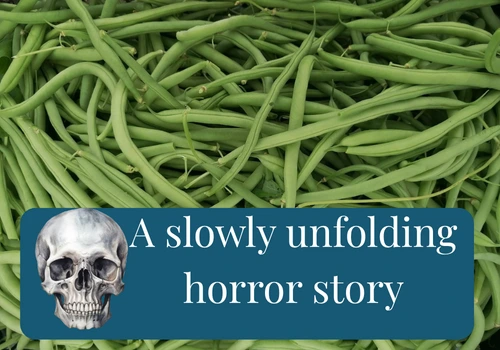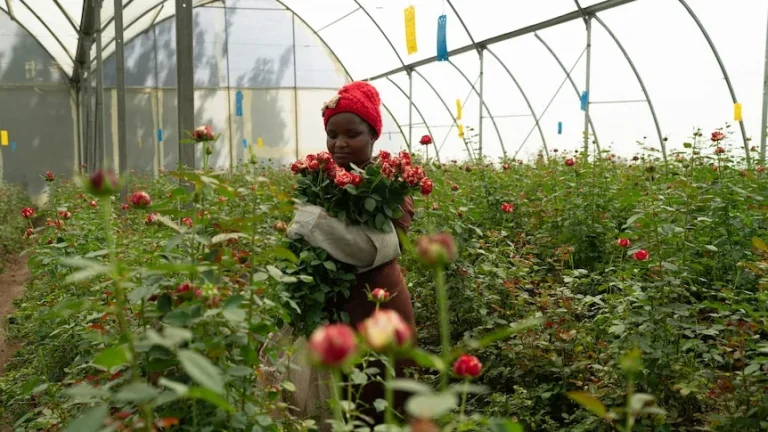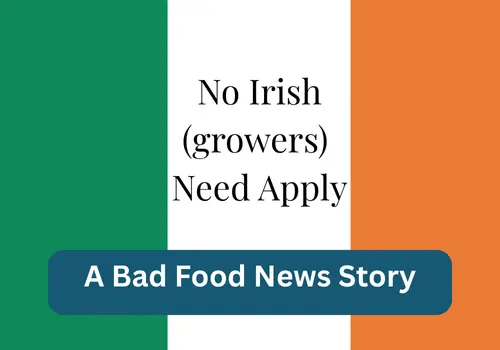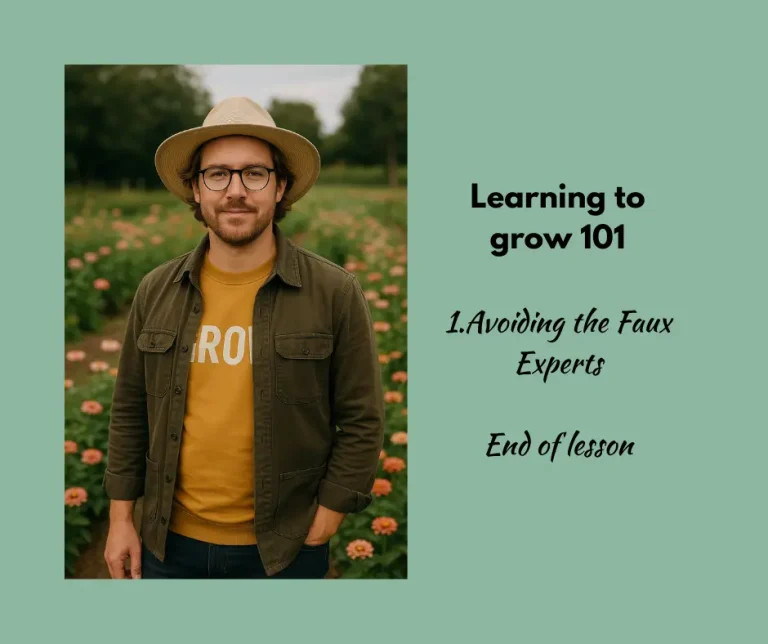Beans, called French Beans, String Beans or Pole Beans depending on where they are grown or eaten are a very popular vegetable and one we grow here on the farm to supply both the shop and our weekly produce boxes. They are in season from early June until the first or second week in October, when the waning light puts an end to them.
They are a finicky crop to pick and it takes time, however, they grow very well in our soil and climate, and many farms produce them organically. Yet practically no supermarkets here stock Irish beans, instead, they stock beans from Kenya or Egypt.
Ok, there are many people who will say, SO WHAT and who simply will not care where their beans come from so long as they are cheap and available for 12 months of the year. But there is something that even they should care about. The production of beans in Egypt & Kenya rely heavily on the use of herbicides and pesticides that Europe banned years ago because they were found to be hazardous to human health.
Lets take a closer look at those chemicals and see if you still want to eat those imported beans
Kenya
In Kenya, more than half of the pesticides sold are classed as “highly hazardous.” Almost half of those are substances already banned in the European Union. Chemicals like paraquat, dimethoate, and carbofuran are still used. Each of these is banned in Europe because of the risks they pose to human health and the environment: paraquat is linked to Parkinson’s disease, dimethoate is highly toxic to insects and people, and carbofuran is one of the most poisonous carbamate insecticides ever developed.
Reports from Kenyan farms show weak regulation and little protection for workers handling these chemicals. BUT HERE’S THE SICKENER! Produce grown under these conditions, using these poisons, can and is still be exported to Europe and it ends up on our supermarket shelves.
Egypt
Egypt is also a key supplier of beans and other vegetables to Europe. Between 2015 and 2024, dozens of Egyptian vegetable shipments were flagged for pesticide residues above legal limits. One chemical in particular, chlorpyrifos, has been a repeated problem.
Chlorpyrifos was banned in the EU because of its links to brain damage in children and developmental disorders. Yet it continues to be used in Egypt, and between 2022 and 2025, more than a hundred containers of Egyptian produce were rejected at European borders after tests found chlorpyrifos residues.
But with the best will in the world, customs post can only spot check a very few containers and so of the 917,000 tonnes of fruits and vegetables that enter Europe from Egypt, only a tiny percentage ever gets checked.
The Double Standard
Here is the contradiction: Irish growers, who produce fresh produce that can be shipped in hours rather than day, are rejected by supermarkets while green beans grown with a cocktail of toxic chemicals are still flown thousands of miles to be offered to you as a fresh healthy product by those very same supermarkets.
And do not kid yourself that the importers (Supermarkets) are unaware, they are absolutely aware, they just do not care because their business model is about profit, not their customers health.
It is a two-tier system. Local growers face higher costs and tighter rules. Imported produce can be grown with pesticides we have decided are too dangerous for our own farms, and yet they are waved through the ports and fed to our children who will bare the consequences while the corporations that are poisoning them count the profits and fuck everything else.
The Question
This isn’t about attacking farmers in Kenya or Egypt, and in particular the field workers who are paid very little and are exposed to the toxins with little or no protecting. They work within the system available to them and they have my sympathy.
The question is why Irish and European supermarkets choose those imports, even in the middle of the Irish growing season, and why our regulators allow produce grown with banned chemicals into the food chain.
Should we really accept beans that are cheaper on the shelf but carry residues of chemicals we’ve already said are too dangerous for our own health and the health of our children?



